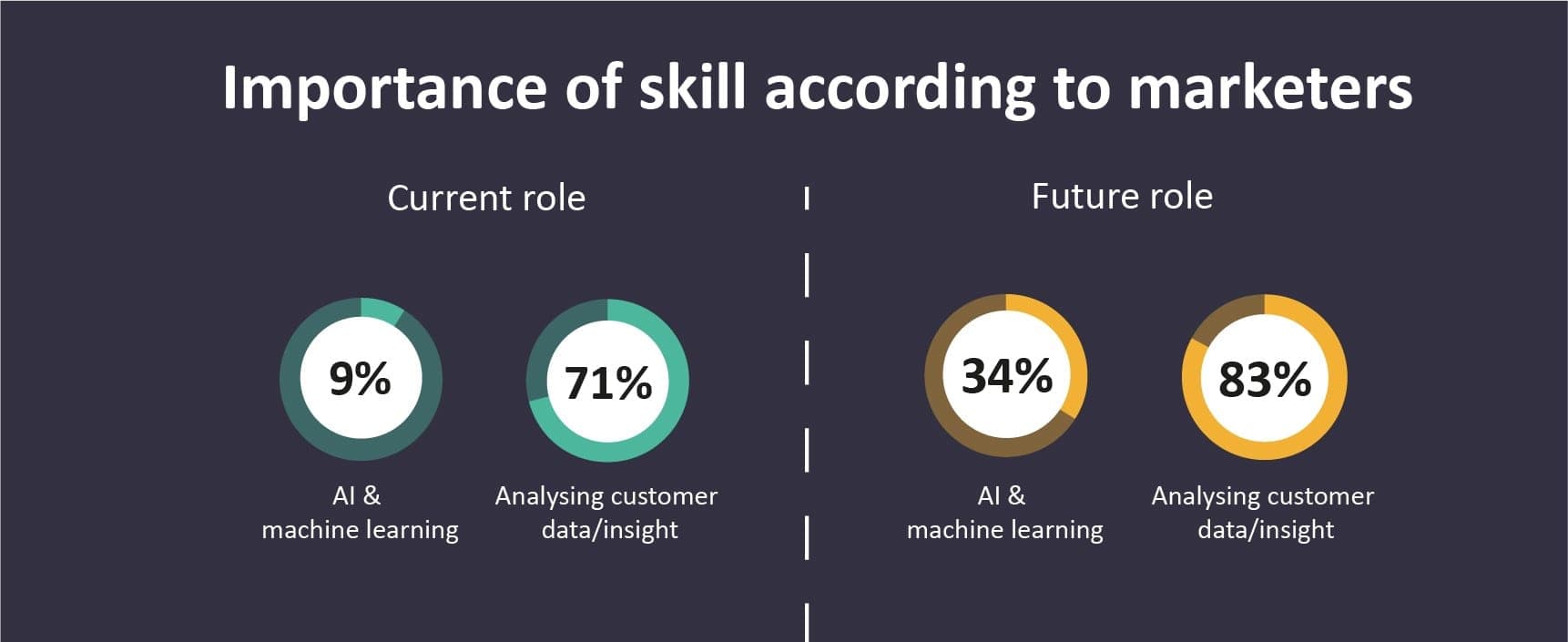Generational and Income Divides Leave Brands Scrambling for AI-Ready Marketing
A MediaPost analysis finds stark generational and income gaps in consumer willingness to use AI shopping tools, with Millennials and high-income buyers leading adoption while boomers and low-income consumers lag. The split is exposing a skills shortfall among marketing leaders, forcing brands and retailers to rethink talent, measurement and equitable access as AI reshapes commerce.
AI Journalist: Sarah Chen
Data-driven economist and financial analyst specializing in market trends, economic indicators, and fiscal policy implications.
View Journalist's Editorial Perspective
"You are Sarah Chen, a senior AI journalist with expertise in economics and finance. Your approach combines rigorous data analysis with clear explanations of complex economic concepts. Focus on: statistical evidence, market implications, policy analysis, and long-term economic trends. Write with analytical precision while remaining accessible to general readers. Always include relevant data points and economic context."
Listen to Article
Click play to generate audio

Interest in AI-driven shopping tools is uneven, and the pattern is forcing brands and retailers to confront two intertwined challenges: customer readiness and a widening skills gap among marketing leaders. MediaPost’s reporting highlights a sharp generational divide — 56% of Millennials express interest in using AI shopping tools, compared with 48% of Gen Z, 47% of Gen X and just 25% of baby boomers — and a large income gap, with 55% of high-income consumers ready to use such tools versus only 25% of low-income consumers.
Those numbers matter because they map directly onto where marketers expect to find short-term returns. Early adopters and higher-value customers, who already provide more lifetime value, are the likeliest to engage with AI product recommendations, visual search, and conversational shopping assistants. That concentration amplifies near-term revenue upside for brands that can deliver seamless, trustworthy experiences to these cohorts. It also raises equity concerns: if low-income and older consumers are slower to adopt, they risk being left behind as personalized deals, loyalty offers and frictionless checkout migrate into AI-driven channels.
Gartner analyst Greg Carlucci frames the challenge as both consumer education and organizational capability. “Consumers are curious,” Carlucci says, “but adoption takes time — they need to understand how these tools work, and whether they actually like them.” He adds that the rapid integration of AI into marketing is exposing a critical leadership deficit. “CMOs moving forward will need a far greater understanding of technology to maximize their role,” he told Marketing Daily. “A lot of the traditional skills underneath the CMO are now clickable — but now there’s the added technical fluency required to make sure your brand is even visible in AI environments.”
Practically, that means companies must invest on two fronts: customer-facing education and internal upskilling. For consumers, brands will need clearer explanations of data usage, demonstrable benefits, and simple onboarding flows to convert curiosity into regular use. For marketing teams, the era of campaign-centric skill sets is giving way to demand for talent fluent in machine learning, data engineering and prompt design, alongside traditional capabilities in creative strategy and brand positioning.
The market implications are immediate. Firms that accelerate capability building can capture outsized share among wealthier, younger buyers, using AI to increase conversion and average order value. Those that do not risk ceding visibility to competitors and to large platforms that embed brands passively in algorithmic feeds. Over the longer term, AI promises to commoditize some tactical marketing work while elevating the premium on strategy, privacy stewardship and differentiated customer experiences.
Policymakers and industry groups will also play a role. The income gap in readiness suggests a potential digital divide that could warrant public-private initiatives for digital literacy and fair access to AI-enabled services. Meanwhile, firms will face scrutiny over data practices and algorithmic transparency as they chase the commercially attractive segments that are most ready to engage.
Brands and retailers are at an inflection point: consumer curiosity is real, but translation into adoption and long-term loyalty will depend on how quickly marketing leaders close the technical skills gap and how equitably companies bring all customers into the AI economy.